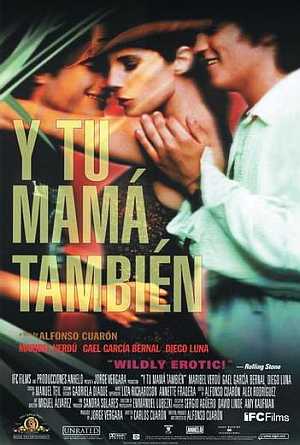Dir. Ronald Bronstein
2008
9.0

The trick and motivation of independent cinema has always been the same: to do more with less. This ideology is hardly revolutionary and in many cases is not so much a stylistic choice but rather a necessity for existence. Enter: Frownland, a 2007 low budget drama by first time director Ronald Bronstein. Frownland categorizes the contradiction of independent cinema in that it is both remarkable and mundane; with the two aspects feeding into each other simultaneously. It takes a bizarre, twisted, and ultimate depressing urban existence and forces us to realize that it is our own. It makes us hate and pity characters only to realize they are us. It makes us recoil in disgust at the abomination of life only to realize that this is it. Frownland is not a 21st century indie film. It is life.
Frownland does not reveal too much of its transcendence upon its initial viewing. Its opening segment is long, difficult and a precursor to all the long, difficult scenes ahead. To put it plainly: Frownland is a long, difficult movie. It is at times almost unwatchable, not because it is, by any standard, bad but because the shards of its awareness cut very deeply and can be severely uncomfortable. It is filled with the awkward silences and pathological anxiety that we desperately try to shield ourselves from in life. In many ways Frownland begs to be turned off; forgotten about; dismissed. It takes an extraordinary risk in being so hopelessly frank and honest, one that not every viewer is going to be OK with. The film contains no romance, a miserably unhappy yet cathartic ending, and an almost indiscernible plot. But something far more profound and unexpected happens during the film's 105 minutes. Something plain and yet spectacular. Slowly the viewer is interpolated into the film's hopelessness and becomes one with its misguided entourage of characters. Like a famous novel, what is deep between the lines of perfectly human dialog begins to reveal itself. Frownland is the sound and text of human suffering and alienation. It is a disgusting, beautiful portrait of regret and contempt. It is the cinematic rendering of the see-saw of indifference.
It is difficult to explain how Frownland accomplishes all these accolades. There are few instances of truly revealing dialog. More is said by following the arc of the film's characters. At the start of the film Keith, the mentally unsound main character, is confronted with a friend's tears and finds no reaction within himself. By the end of the film, through endless and tireless scenes of sweat, tribulation and panic, Keith finds himself crying and broken on the rooftop of a New York City apartment building. Along the way Keith experiences perhaps the single most appropriate rendering of a physical catharsis. Surrounded by the ungodly noise and color of a city party in a scene that is ferociously dizzying and maddeningly reminiscent of Antonioni's Blow Up, Keith pukes before exiting the building. All his fear and anxiety comes to the surface in this final scene and his rooftop weeping is the film's most prominently upsetting moments. His roommate Charles also experiences a similar revelation. He lives in a comfortable world of cultural know-how and academia only to find that he is losing his ability to pay his rent and maintain his bubbled-in lifestyle. He comes face to face with a nameless hypocritical antagonist who verbally assaults his desperate need for comfort, telling him in one of the film's funnier moments (paraphrase) “You're telling me in the middle of this ontological crisis (the test Charles has just taken) that all you can think about is fucking candy.” What these two story lines drive at is the whole of Frownland's message: any person can be driven to any logical extreme. No one is safe from a life that is hard, complex and painful revelatory.
While all this is happening the film maintains the gritty iconography of 1970s American New Wave. It's elegance is in its lack of polish, the rejection of classic ideals in beauty. The characters are ugly and normal. They lack the outstanding physical features that have become detractors to content in Hollywood. Frownland is filled with a mysterious pus that is somewhere between a disease and a soul. It is all the grandeur and decadence of sadness and anonymity. It lets light through to illuminate but refuses to reveal its own design. It is miraculous and somehow not miraculous at all. It points to the fact that we have all suffered trauma. If you haven't, perhaps consider yourself unlucky. Frownland meditates on and seems to fully believe in the modern notion that to suffer is to live. Growth is painful. Experience can hurt like hell. But it brings us closer to ourselves. And it is largely unavoidable. Everyday is a struggle, but without that inherent struggle our lives would lack a fundamental dichotomy. They would lose all semblance of meaning, of value. So, in that sense, maybe Frownland had a happy ending after all.





